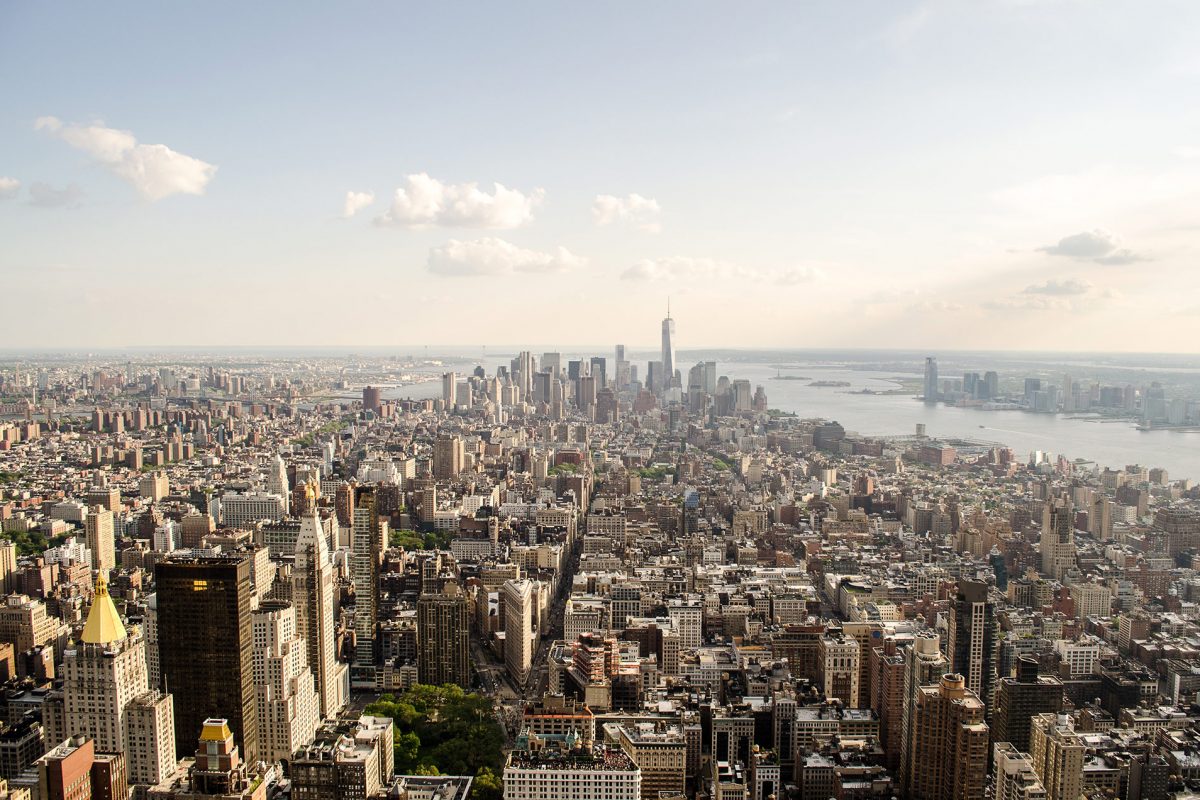“House prices spiralling”
“The bubble has burst”
“No apparent end to the property downturn”
Let’s face it – doom and gloom headlines are attention-grabbing and alluring. An article titled “How long until your Melbourne home is worth nothing?” is far more tempting to read than “A balanced view on the Melbourne property market.”
But in order to grab the eyes, these articles tend to sensationalise and warp the truth. So for Melbournians with skin in the game, the question remains: what is the real state of the Melbourne property market?
So, placing melodramatic headlines to one side, let’s take a look.

It’s still growing
Property markets are cyclical. They go up, they plateau, they go down, they plateau, and the cycle starts again. Truly exponential growth doesn’t exist (if it did people would either be seriously rich or be seriously priced out of the market). Downturns happen, and surprisingly often. Melbourne has recorded no less than five periods of value falls since 2003.
Property cycles are like Melbourne weather. It can be cold and rainy for a while, then the sun comes out. But as a property investor you don’t want to concentrate on the short-term ups and downs; the weather of the property market. You instead want to know about the longer term averages; not the weather, but the climate.
Over the past 25 years Melbourne house prices have risen by an average of 8.1% every single year. That equates to an average dollar value increase of $28,325 per year, or $708,125 over the 25. No matter which way you look at it, these are incredible numbers. In that time Melbourne has been Australia’s best performing housing market, outpacing even Sydney.
To talk of a housing market crash is to entirely ignore the larger picture – a full quarter century of incredible growth. Unless you’re trading houses week to week, the current headlines should be of no interest to you whatsoever.

Servicing the masses
Melbourne is Australia’s fastest growing city. And this is the decade that it will overtake Sydney as the country’s largest. In years and decades to comes migrants from both Australia and the world will continue to pour into Melbourne, and demands on local infrastructure will increase.
Happily the city of Melbourne appears up to the challenge, and if anything is attracting new arrivals by staying well ahead of demand. The Metro Tunnel, Australia’s biggest public transport project, headlines the effort. New train lines and bus routes will make outer suburban properties more enticing prospects for investors, renters and owner-occupiers.
Extensive plans to develop the infrastructure around energy, digital connectivity, the environment, health and education (Victoria’s largest services export industry) will also help to lure ever more people to Melbourne. This could turn speculative property investments in satellite suburbs into excellent purchases.
The new New York
In 1991 there were around 120,000 Australians living in tall apartment blocks (four storeys or more). In 2016 there were 406,000. The number of families with children living in apartments grew by 56% between just 2011 and 2016. With our population getting ever more urban, the Australian dream of a quarter acre block is in need of an update. Like New York and London, apartment living is the new paradigm in Melbourne.
Despite endless headlines of a unit bubble and an oversupply of apartments, the long term trend is clear. Between work and lifestyle, people want to be close to Melbourne’s CBD. But with no land left to develop and detached houses costing well over $1 million, the only way is up. Unit sales will outpace house sales to an ever greater degree in the future, and those who get in early will reap the greatest rewards.

Supply and demand
While the talk of property market doom and gloom lacks long-term substance, it does have some real world effects. In a way it becomes a self-fulfilling prophecy – a slight downturn gets reported, buyers get spooked, the downturn worsens, and eventually developers are hesitant to commit to new projects.
All the while the Melbourne population continues to grow. Around 180,000 people moved to the city in 2018, the biggest jump in three years. Demand remains as high as ever, but with fewer developments on the horizon, supply may fall in a hole.
This creates an opportunity for developers and buyers who understand the concept of supply and demand. A shortage of units will see prices increase, and those who build or buy the few available units will enjoy far healthier returns than those who are hesitant to act in what is a flagging market (according to the media at least).
In short, the headlines don’t tell the full story. And in the age of clickbait, they can now tell an entirely false one. If you look at it through a property investor’s lens – one that irons out the short term ups and downs, and relies more on long term trends, the Melbourne property market is far healthier than you’ve been led to believe.
And that’s the truth.